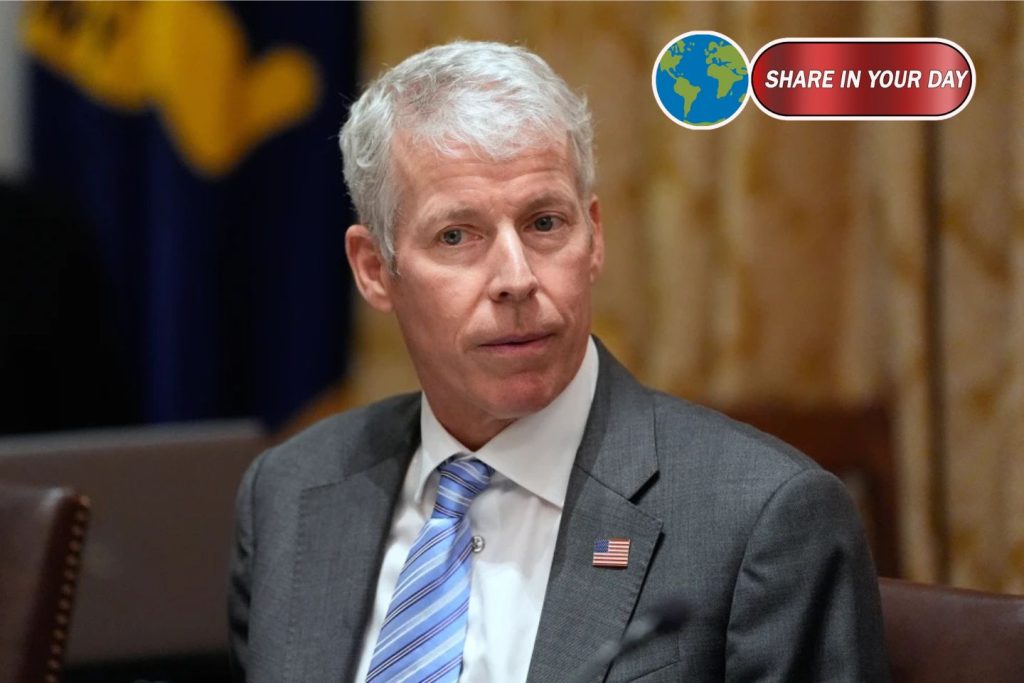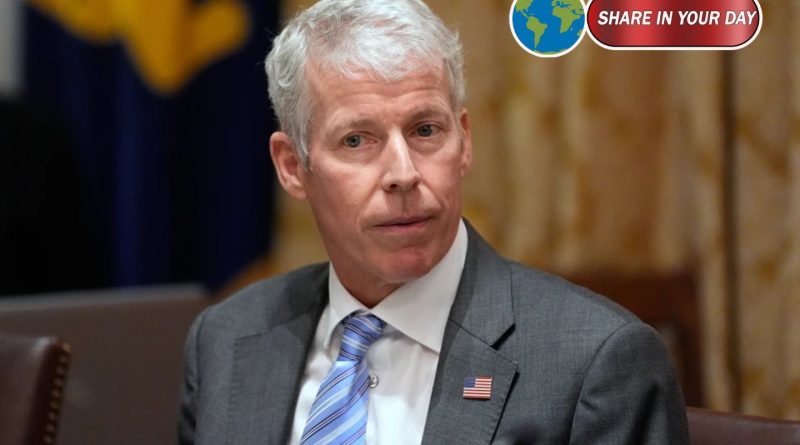Energy Department Finalizes $1.6 Billion Loan to Upgrade Midwest Power Grid
WASHINGTON (AP) — The Department of Energy has finalized a $1.6 billion loan guarantee to a subsidiary of American Electric Power (AEP), one of the largest U.S. utilities, to upgrade nearly 5,000 miles of transmission lines across the Midwest and surrounding states. The project, primarily focused on fossil fuel energy infrastructure, is intended to improve grid reliability amid rising demand driven by artificial intelligence and data centers.

The announcement, made Thursday, marks the first major loan under the Trump administration’s newly branded Energy Dominance Financing Program, a revival and reorientation of federal energy funding toward traditional energy sources. The initiative comes just weeks after the administration canceled over $7.6 billion in clean energy grants previously approved under President Biden, citing concerns over feasibility and national interest.
The AEP project will span Indiana, Michigan, Ohio, Oklahoma, and West Virginia, replacing aging power lines with higher-capacity infrastructure in existing corridors.
“The president has been clear: America must reverse course from the energy subtraction agenda of past administrations,” said Energy Secretary Chris Wright in a statement. “Modernizing the grid and expanding transmission capacity will help position the United States to win the AI race and grow our manufacturing base.”
🏗️ Project Scope and Impact
AEP Transmission, a wholly owned subsidiary of Ohio-based American Electric Power, will lead the upgrade. According to the company, the investment will result in:
- 2,000+ miles of transmission lines replaced in Ohio, serving 1.5 million residents
- 1,400 miles replaced in Indiana and Michigan, impacting 600,000 customers
- 1,400 miles in Oklahoma, aiding 1.2 million people
- 26 miles in West Virginia, serving 460,000 residents
The utility said the upgrades are designed to enhance reliability, support economic growth, and prepare the grid for rising demand, particularly from energy-hungry AI and tech infrastructure.
Bill Fehrman, AEP’s Chairman, President, and CEO, emphasized that the loan guarantee will help reduce costs for consumers while creating roughly 1,100 construction jobs.
“The funds we will save through this program enable us to make additional investments to enhance service for our customers,” Fehrman said.
🏛️ A Shift in Energy Policy
The $1.6 billion loan is one of the few energy projects initiated under the Biden administration that the Trump White House has chosen to continue. In a briefing with reporters, Secretary Wright acknowledged the continuity.
“Not all of the (Biden-era) projects were nonsense,” Wright said. “This one made sense — and we’re happy to move it forward.”
The announcement comes amid growing criticism of the administration’s sharp pivot away from clean energy. Earlier this month, the Energy Department revoked funding for 223 renewable energy projects across 16 Democratic-leaning states, including:
- $1.2 billion for California’s hydrogen hub
- $1 billion for a hydrogen project in the Pacific Northwest
Wright said those projects failed to meet economic viability tests and were part of what he described as a rush to commit funds under the outgoing Biden administration.
🧃 Fossil Fuels Over Renewables
The administration’s energy strategy has drawn scrutiny from environmental advocates and renewable energy developers. Among the most high-profile cancellations was a $4.9 billion loan for the Grain Belt Express, a planned transmission line designed to carry wind and solar energy from the Midwest to the East Coast.
The Department said the project, proposed by Chicago-based Invenergy, did not meet the financial standards required for federal support.
“Ultimately, that is a commercial enterprise that needs private developers,” Wright said. He added that the federal government saw no critical need to fund the project, which will proceed privately.
President Trump and Secretary Wright have repeatedly voiced skepticism toward wind and solar energy, questioning their reliability and financial returns. Their stance has put federal support squarely behind fossil fuel-based infrastructure, despite mounting pressure to reduce emissions and transition to clean energy.
🔌 Long-Term Grid Strategy
Despite its fossil fuel foundation, the AEP upgrade project aims to strengthen the U.S. power grid against increasing loads, extreme weather, and future economic growth.
The project includes replacing legacy lines with advanced conductors capable of transmitting more electricity with lower losses — a move that aligns with industrial and digital infrastructure needs.
According to the Department of Energy, all utilities receiving financing under the Energy Dominance program must demonstrate that savings and benefits are passed on to customers — a stipulation officials say ensures accountability and public value.
⚡ Looking Ahead
The federal backing of AEP’s transmission overhaul marks a turning point in U.S. energy financing. While the project may bolster energy security in the short term, it raises broader questions about the nation’s long-term energy direction — especially in light of climate change concerns and global clean energy trends.
As Wright put it: “This is about keeping the lights on — not chasing unproven dreams.”




